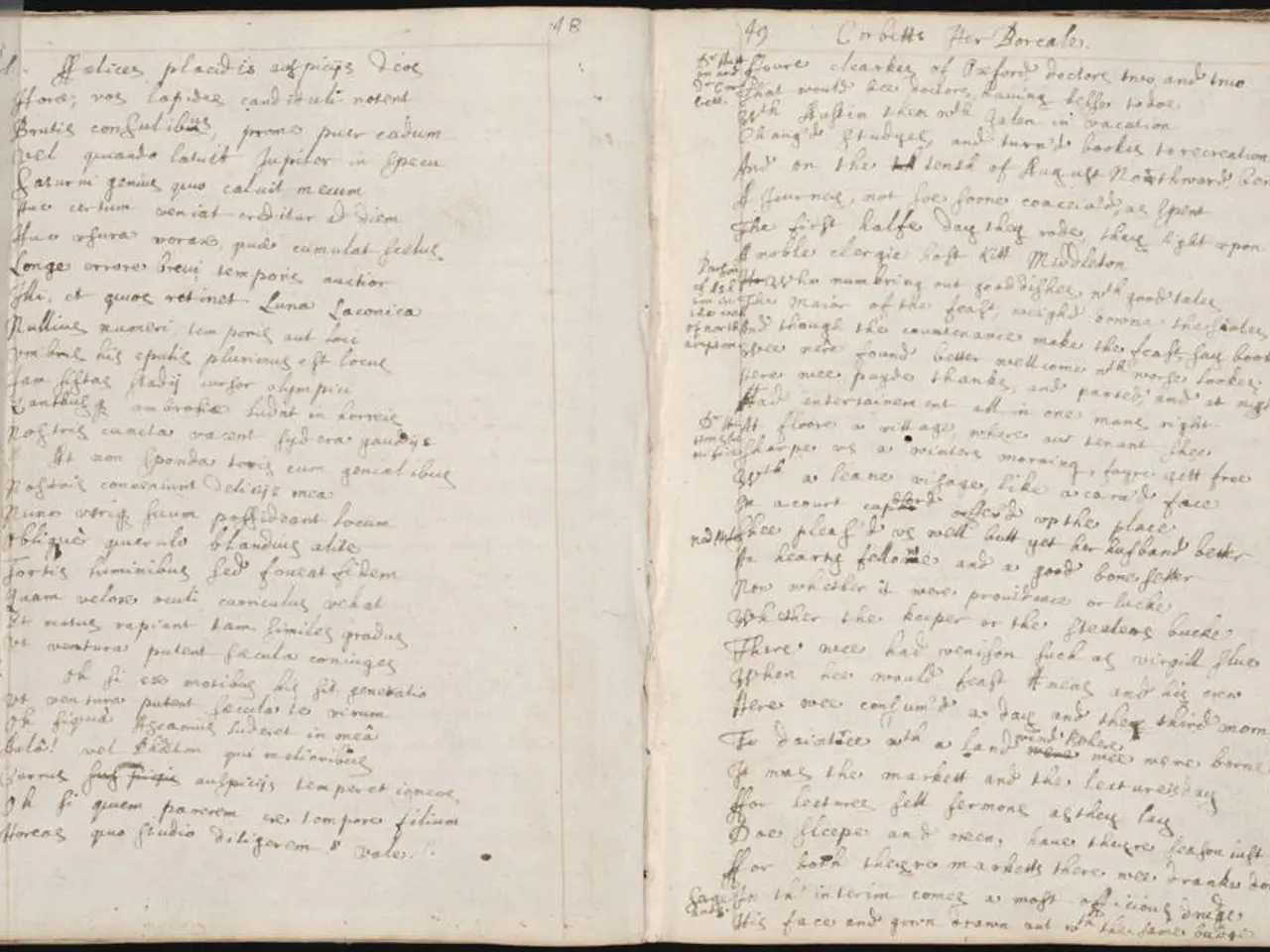Critical Information: Examining SAT Reading Question Categories and Tactics for Success
In the world of standardised testing, understanding the different types of questions asked in the SAT Reading section can significantly boost your performance. Here's a breakdown of the four main question types and strategies to help you excel.
Information and Ideas questions assess your ability to identify main ideas, make inferences, interpret data, and understand logical conclusions drawn from passages. To excel in this category, focus on comprehension—annotate key points and paraphrase the main ideas. Practice interpreting graphics linked to passages, and avoid answer choices that go beyond the text.
The Craft and Structure questions involve analysing the purpose of a passage or paragraph, understanding its organisation, interpreting word meanings in context, and comparing ideas across passages. To answer these questions accurately, pay attention to structure and rhetorical purpose. When faced with vocabulary questions, use contextual clues. Recognising how different parts of the text connect improves accuracy, as these questions constitute about 28% of Reading and Writing questions.
Expression of Ideas questions test your skill in improving or refining text flow, cohesion, and rhetorical effectiveness. To answer these questions, understand common transitional devices and rhetorical functions, and practice editing for clarity and style.
Lastly, Standard English Conventions test grammar rules including subject-verb agreement, pronoun usage, modifier placement, punctuation, and sentence structure. To excel in this section, master common grammar rules and practice identifying errors in context.
By understanding these question types and their specific strategies, you can apply targeted approaches, thus improving precision and your overall SAT score. For instance, vocabulary questions (many under Craft and Structure) usually take less time, so they can be answered quickly to save time for more complex inference or structure questions.
Remember, memorising strategies for each question type is beneficial, but practice is essential to make them feel natural. Effective practice involves using real SAT practice tests, and logging which strategies help the most on each type.
Download free question type strategy guides and practice logs at RevisionDojo to master the SAT Reading section with clarity and confidence, helping you work more efficiently and score higher. Happy studying!
Engaging in education-and-self-development by mastering the different types of questions in the SAT Reading section can contribute significantly to personal-growth and learning. For example, focusing on comprehension for Information and Ideas questions, understanding structure and context for Craft and Structure questions, and familiarizing oneself with common transitional devices for Expression of Ideas questions can lead to improved performance and a higher overall SAT score.




